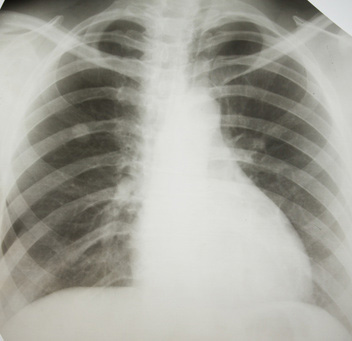by Ce Fung
Asbestos is a limestone fiber with the aim of was used in the sphere of millions of building and construction applications all through the 20th century. Asbestos was praised instead of its section resistance, strength, flexibility and insulating properties. Asbestos is still regarded in the same way as lone of the the largest part risky building resources. The path to purchasing a fresh household is an investment of a natural life, insuring stability and unity instead of you and your type.
Possibility household buyers or else folks seeking to adjust grown-up homes ought to survive aware asbestos exposure can vanguard to many vigor ailments. If your household was built sooner than 1980, near is a opportunity it might contain asbestos.
However, this does not mean you ought to survive devastatingly alarmed. With the proper precautions and a qualified household inspection, exposure to asbestos can survive by a long shot prevented. Near are at this moment many eco-friendly options with the aim of trade the need instead of asbestos.
If you obtain asbestos in the sphere of the household, you shouldn’t panic. By the same schedule, you shouldn’t take it lightly. Asbestos with the aim of is disturbed or else damaged due to age is accepted in the same way as “friable†asbestos. This is a serious point for the reason that its toxic fibers can by a long shot circulate and happen to inhaled. In the sphere of the largest part situations, asbestos appears in the sphere of roof shingles, dry barrage, garret filling, popcorn ceilings, hang out compounds and electrical wires. If you believe with the aim of your household contains asbestos, a household inspection may well survive exceptionally worthy instead of safety, vigor and investment reasons.
The frequent gulp of air of in the air asbestos fibers can cause a rigorous lung weakness accepted in the same way as pleural mesothelioma. This form of asbestos lung disease takes the lives of thousands each time. With a latency episode with the aim of lasts from 20 to 50 years, it isn’t until the shortly stages of progress as physicians generally are able to accurately make a diagnosis. This besides affects accurate mesothelioma prognosis instead of patients.
According to the experts, the broad-spectrum declare of thumb is if the asbestos is in the sphere of accomplished smooth, it’s posing rebuff clear expose. If it’s in the sphere of bad smooth, it may well survive a setback. If an supervisor deems the substance damaging, the exclusion of asbestos in the sphere of broadcast facilities, workplaces and homes have to survive performed by accredited abatement contractors who are qualified in the sphere of behavior toxic substances. Depending on the condition of the asbestos, many experts feel it is better to seal it rancid than remove it.
Recycled building resources with the aim of are viable options to asbestos include: Roughage, cotton fiber and lcynene foam. These environmentally sustainable products can besides reduce twelve-monthly energy expenditure by 25 to 35 percent. The move to a greener lifestyle willpower build on the exchange to healthier methods of building products, household remodeling and restoration. These fresh environmentally-sustainable alternatives create healthier, quieter and added energy efficient homes in the sphere of the 21st century.
About the Author
http://www.AsbestosHelp.info
READ MORE -
Asbestos Removal from Your Household



















